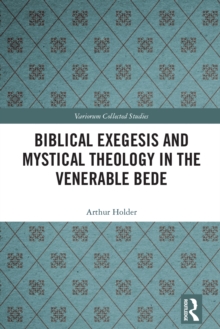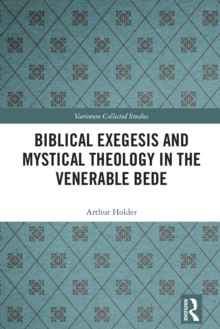
Bullion Flows and Monetary Policies in England and the Low Countries, 1350-1500 Hardback
by John H. Munro
Part of the Variorum Collected Studies series
Hardback
Description
Did ’money matter’ in the economic history of medieval Europe?
In these essays John Munro has pursued the controversies surrounding the monetary (not ’monetarist’) history of the period, specifically in relation to England and Flanders, and the other Burgundian Low Countries, during the late Middle Ages.
He argues that, without doubt, monetary factors and policies were crucial, and attempts to integrate them with other factors, themselves often of equal significance, such as demographic change or institutional controls.
The focus is upon the international flow of precious metals through the region and various related economic themes: the so-called late-medieval ’bullion famine’; the relation between monetary and price changes; the role of coinage in financing warfare ; ’bullionist’ mint policies as both fiscal and monetary remedies for perceived economic, political, and military problems; and the consequences of warfare, war-financing, monetary policies, and related monetary problems for the two countries' commerce, finance and industries, especially those involving woollen textiles. Quelle était la véritable importance de l’argent dans l’histoire monétaire et économique de l’Europe du Moyen Age?
Au travers de ce volume, John Munro poursuit les controverses de cette période, plus spécifiquement se rapportant àl’Angleterre et aux Flandres, ainsi qu’aux autres Pays-Bas Bourguignons, vers la fin du Moyen Age.
Il affirme que la politique et les facteurs monétaires étaient, sans aucun doute, d’une importance vitale et tente de les intéger àd’autres paramètres tout aussi significants, tels le changement démographique et les controles institutionnels.
L’accent est mis sur la circulation internationale de métaux précieux dans toute la région, ainsi que sur divers thèmes s’y rattachant: la soit-disante ’famine d’or’ du Bas Moyen Age; le rapport entre changements monétaires et changements de prix; le rôle de la fra
Information
-
Out of stock
- Format:Hardback
- Pages:329 pages
- Publisher:Taylor & Francis Ltd
- Publication Date:20/02/1992
- Category:
- ISBN:9780860783121
Information
-
Out of stock
- Format:Hardback
- Pages:329 pages
- Publisher:Taylor & Francis Ltd
- Publication Date:20/02/1992
- Category:
- ISBN:9780860783121










